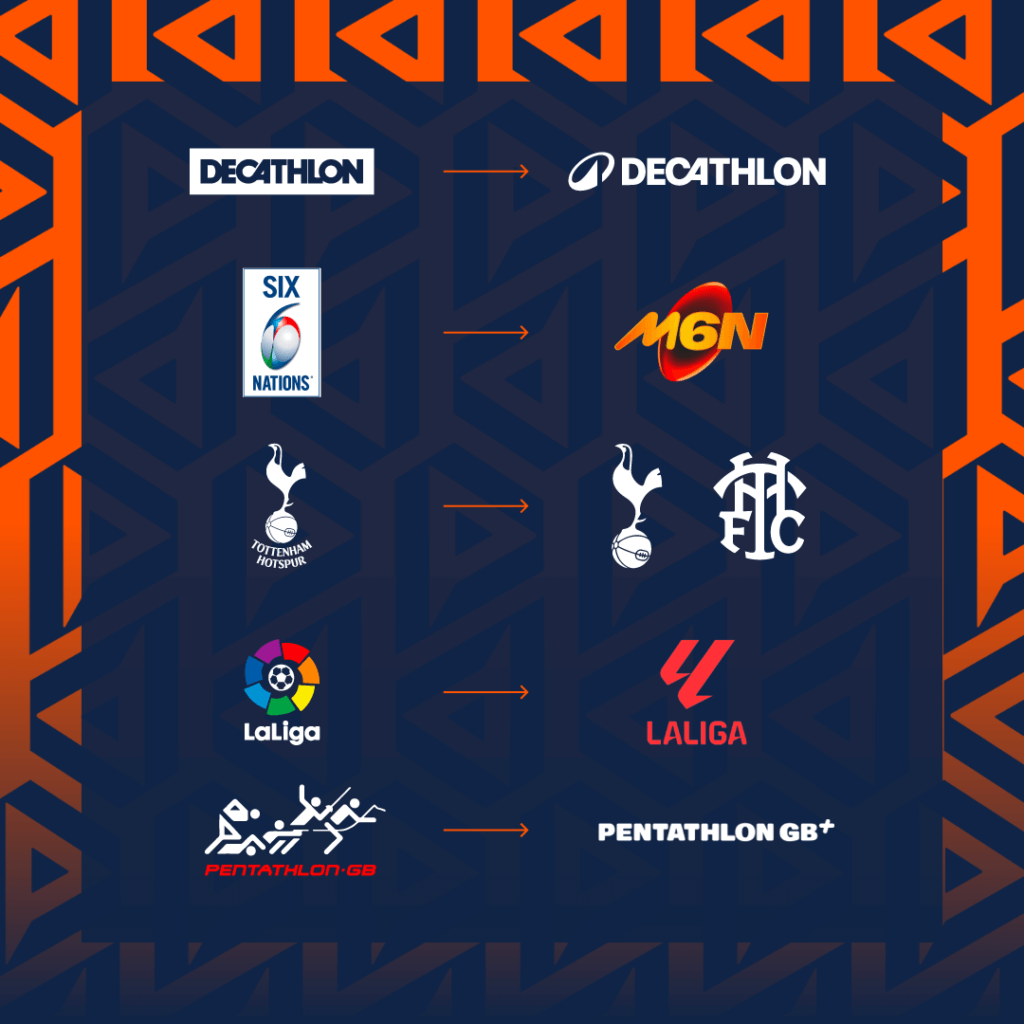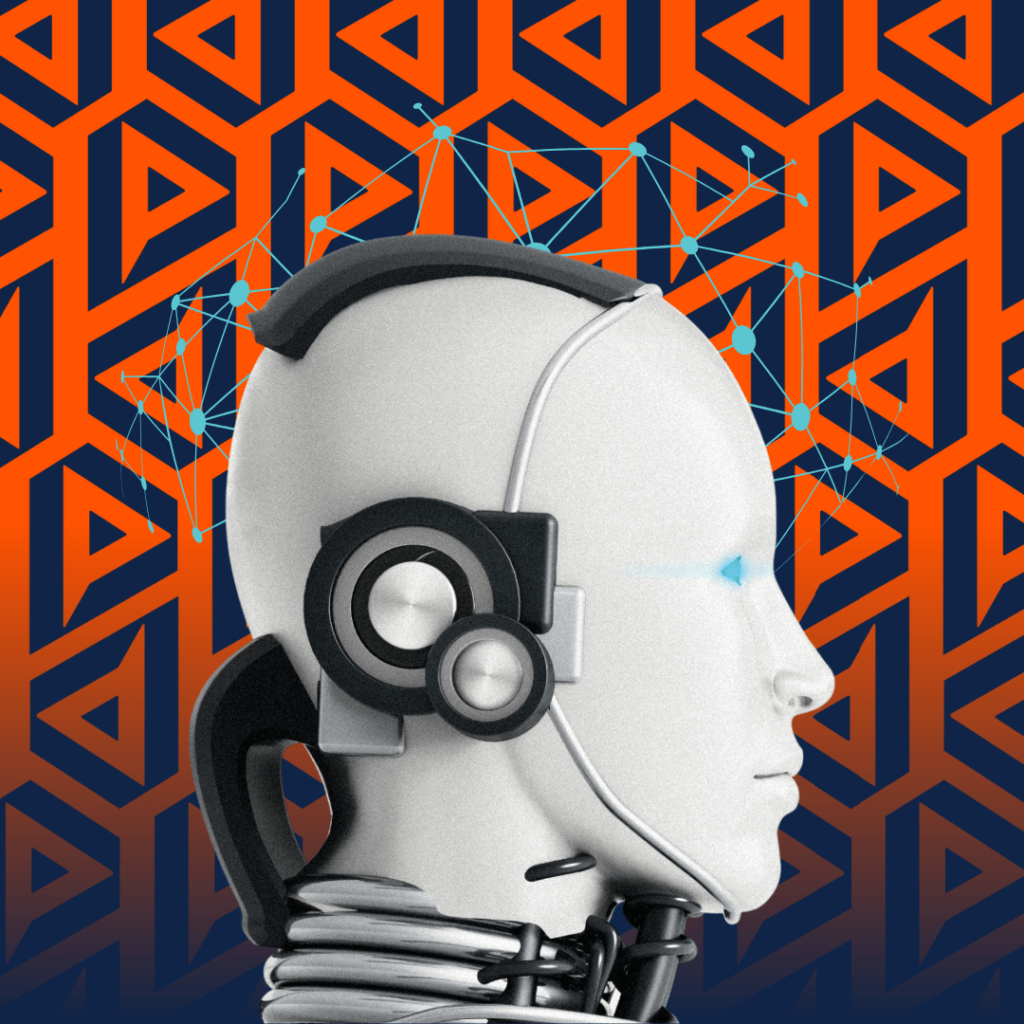The conversation around Artificial Intelligence in marketing has fundamentally shifted. It’s no longer a futuristic ‘what if’; it’s a practical, daily reality, with AI now woven into the core logic of the platforms we use every day, from creative assistants to the bidding algorithms in Google Ads.
The question is no longer if you should use AI, but how you can integrate it effectively to drive real results without losing the human touch that defines a great brand.
For many marketers, the sheer volume of new tools can feel overwhelming. But fear not. The key isn’t to adopt every gadget, but to strategically implement the right tools that solve the right problems. Think of AI not as a replacement, but as a powerful co-pilot—one that can handle repetitive tasks, analyse vast datasets, and spark creativity, freeing you up to focus on strategy, connection, and growth.
Here’s our breakdown of the essential AI tool categories and platforms delivering tangible value for marketers right now.
1. Content Ideation & Creation: Your Brainstorming Partner
The biggest hurdle in content is often the blank page. AI language models have become sophisticated partners for getting from idea to polished draft in record time.
- The Tools: Google Gemini, ChatGPT-4o, Jasper
- How They Help:
- Brainstorming & Research: Use Google Gemini to pull real-time information from the web to brainstorm timely blog topics, research competitor angles, or generate a list of customer pain points.
- Drafting First Versions: Generate initial drafts for blog posts, email newsletters, and social media updates. The key word is draft. A human marketer is still essential to refine the tone, inject brand personality, and fact-check the output.
- Repurposing Content: Turn a long-form webinar transcript into a blog post, a LinkedIn article, and a series of email tips in a fraction of the time.
Pro-Tip: Use Gemini’s direct connection to the Google ecosystem. You can ask it to summarise a YouTube video for key takeaways or help you structure an article based on current search trends, making it an incredibly efficient research assistant.
2. SEO & Performance Analytics: Adapting to the New Search Landscape
Google is using AI to change the search results page itself. Adapting your SEO strategy requires tools that can think just as intelligently.
- The Tools: Google Analytics 4 (GA4), SurferSEO, and adapting to Google’s AI Overviews
- How They Help:
- Adapting to AI Overviews: Google’s AI-generated summaries at the top of search results are changing how users find information. Tools like SurferSEO help you create comprehensive, expert-level content that is more likely to be featured and referenced by Google’s AI.
- Predictive Analytics in GA4: Google Analytics 4 is built on a machine-learning foundation. Use its predictive audiences to automatically identify users who are likely to make a purchase or churn in the next 7 days. This allows you to create proactive remarketing campaigns with unparalleled accuracy.
- Uncovering Insights: GA4’s “Insights” feature automatically flags significant trends or anomalies in your data that you might have missed, such as a sudden traffic spike from a specific region or a drop-off in conversions on a key page.
Pro-Tip: In GA4, create a comparison audience of “Predicted purchasers” vs. “All Users.” Analyse their behaviour, traffic sources, and demographics to understand what drives high-intent visitors, then focus your budget on acquiring more of them.
3. Advertising & Campaign Automation: The AI-Powered Campaign Manager
Nowhere is Google’s AI more impactful than in advertising. Manual campaign management is being replaced by powerful AI systems that manage campaigns at a scale and speed no human can.
- The Tools: Google Performance Max (PMax), Smart Bidding
- How They Help:
- Holistic Campaign Management: Performance Max is an AI-driven campaign type that runs across all of Google’s inventory (YouTube, Display, Search, Discover, Gmail, and Maps) from a single campaign. You provide the strategic inputs—audience signals, budget, and creative assets (text, images, video)—and Google’s AI does the rest, automating targeting, bidding, and attribution to find you the most conversions.
- Intelligent Bidding: Even outside of PMax, Smart Bidding strategies like Target CPA or Target ROAS use machine learning to analyse millions of signals in real-time for every single auction, optimising your bids for your specific goals far more effectively than manual bidding.
Pro-Tip: Your role with PMax is not to micromanage bids, but to feed the machine high-quality strategic inputs. Focus your energy on creating diverse, high-quality creative assets and refining your first-party data and audience signals. The better the fuel you give the AI, the better the results.
4. Visual & Creative Generation: Unique Imagery on Demand
Unique visuals are crucial for standing out. AI generators allow for the creation of completely custom, brand-aligned visuals without the high cost of photoshoots or illustrators.
- The Tools: Midjourney, DALL-E 3, Canva’s Magic Studio
- How They Help:
- Custom Ad Creative: Generate a variety of distinct images and concepts for A/B testing in your campaigns.
- Scaling Content: Create a consistent yet varied set of visuals for social media or blog posts. These assets can then be fed directly into campaigns like Google’s Performance Max, giving the AI high-quality fuel to work with.
The Strategic Imperative: The Human in the Loop
A tool is only as good as the strategist wielding it. This is even more true with “black box” AI systems like PMax.
- Strategy First, Tool Second: Your business goals—not the tool’s capabilities—must always be the starting point.
- Be the Editor, Not Just the Author: AI-generated content must be reviewed for factual accuracy, brand voice, and common sense. Your audience connects with your brand, not a robot.
- Govern the Machine: With systems like PMax, your job is to provide clear direction and high-quality inputs. Monitor performance against your core business KPIs and be ready to adjust the strategic levers you still control.
Conclusion: Your New Marketing Superpower
The rise of AI isn’t the end of the marketing profession; it’s the beginning of a new, more powerful era. By embracing AI as a co-pilot, marketers can automate the mundane, unlock deeper insights, and unleash creativity like never before. The agencies and brands that will thrive are those who learn to master this incredible new toolkit.
Ready to build an AI-powered marketing strategy that drives real growth? Digital Playmakers is here to help. Contact us today for a consultation, and let’s explore how we can put these powerful tools to work for you.


